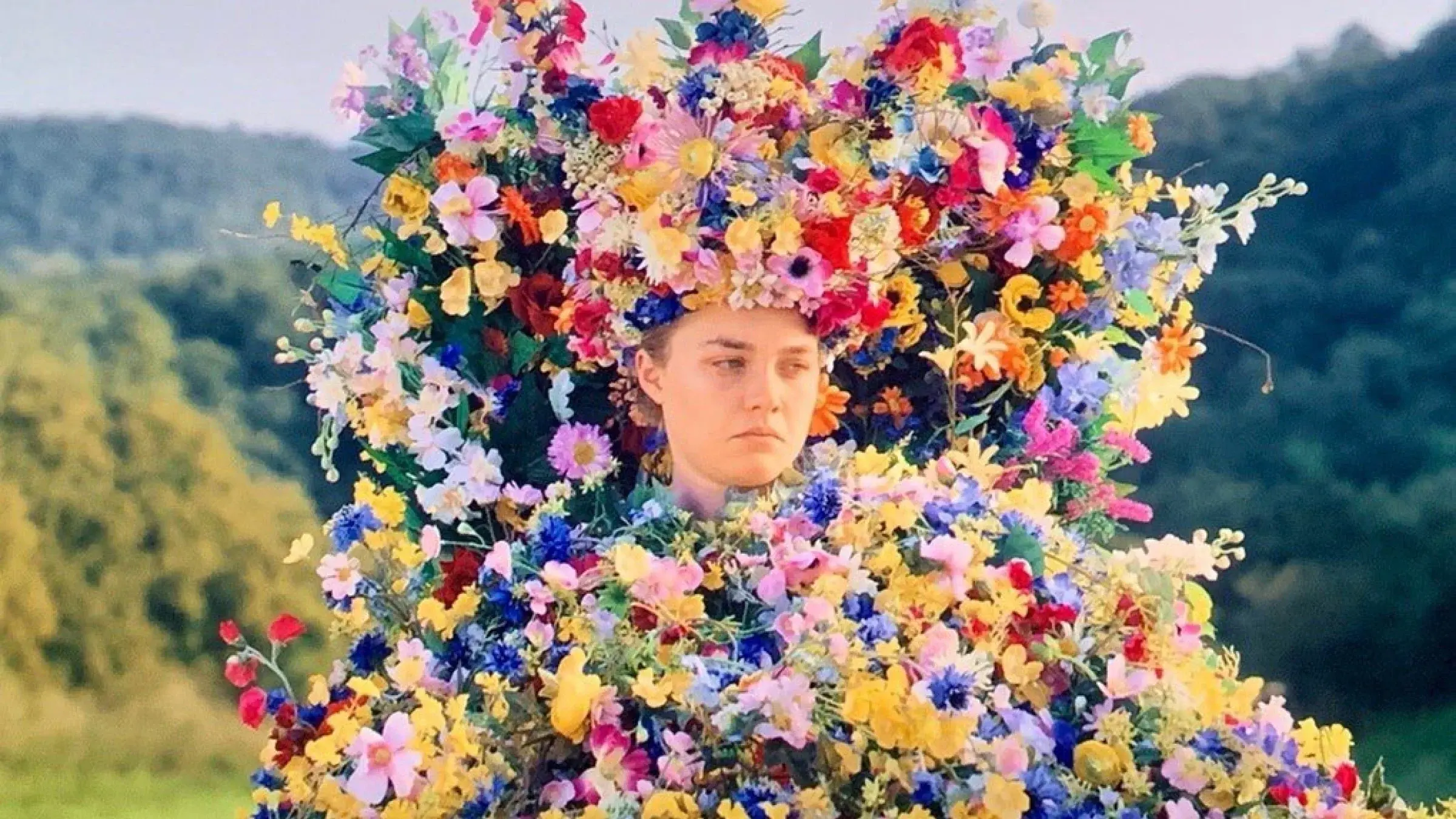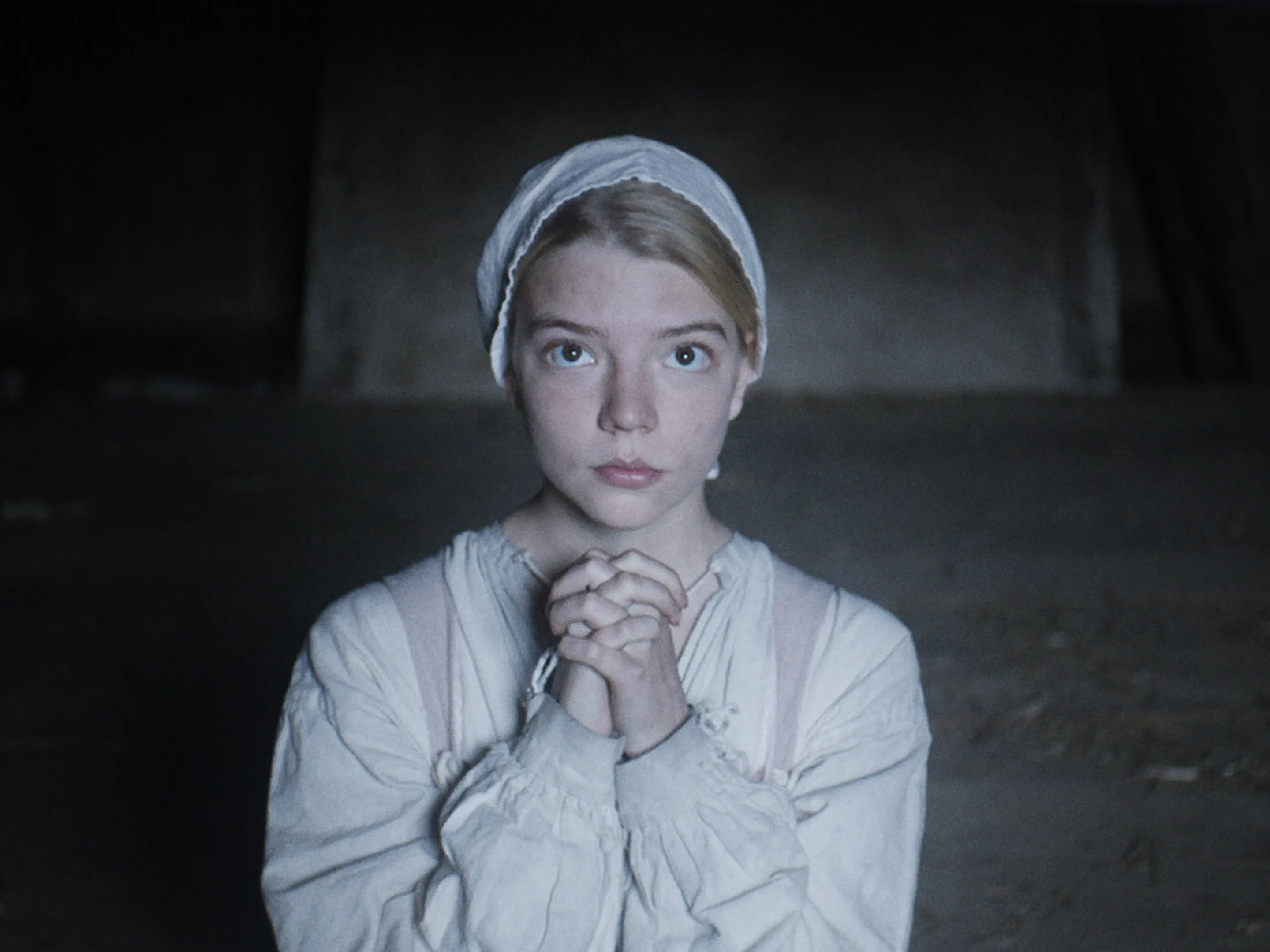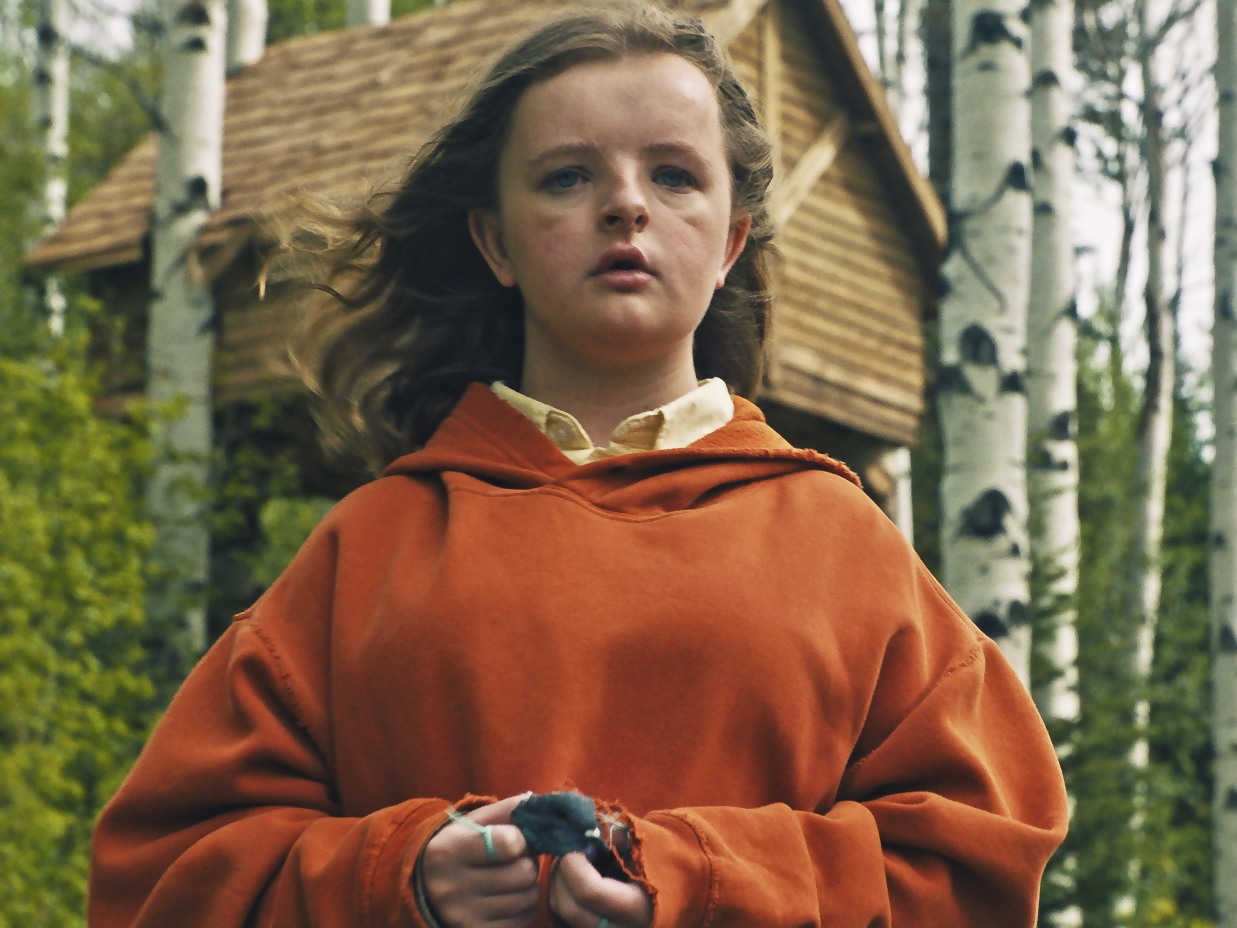
What is it that fills us with fear? What makes us look over both shoulders? What is it that causes discomfort, unease and paranoia? This question is at the heart of the horror genre.
Of late, something new has taken over the genre. Something far more grounded, provocative, and altogether terrifying. This is because a new crop of filmmakers truly understands the questions that open this article. Is it not certainty that we fear, but rather uncertainty. It is the mystery and secrecy of what sits in the darkness, what lurks out in the woods.
No cinema genre has evolved more in the past decade than horror, primarily down to the impact and legacy of three particular films; Robert Eggers’ The Witch and Ari Aster’s Hereditary and Midsommar. These three pictures pay a clear homage to the folk horror sub-genre, which utilises nature, folklore, and the occult to convey its sense of discord. The particular usage of suspense separates these films from the rest of the genre. It appeals to a more profound fear within us, the fear of man’s social bonds usurped in the service of true evil. There are murderous, delusional, and incommunicable cults willing to do, or sacrifice, anything for the pantheon of demons and deities they serve.
SEE MORE: Dark Albion | The best horrors made in Britain
What is folk horror? The term, coined by Mark Gatiss (of Sherlock and Doctor Who note), was born in the budget British horror of the late 60s and early 70s, inspired in no small part by the counterculture of the age and a renewed interest in the occult. 1968’s Witchfinder General, 1971’s Blood on Satan’s Claw, and 1973’s The Wicker Man. Each is set in the anonymous rural landscape of the English interior. This setting was found to be of a particular profundity; out here, one is isolated, vulnerable, and far from safety and the comfort of familiar faces. It is where cults and covens gather.

In the inter-years between the first wave of folk horror and the films I have listed, horror became stale and predictable. Paranormal Activity and The Purge became bankable franchises. At the same time, the resurrection of several horror classics (Halloween, Friday the Thirteenth, etc.) failed to give them a new lease on life. The directors of these films used cheap tricks, such as jump-scares and gore, to create shock rather than genuine fear. That is where Eggers and Aster come in.
I cannot recall another film of this genre that has filled me with more dread, thought, and discomfort (given the intention, this is a good thing) than Eggers’ The Witch. It is a film that employs so few jump scares that I could only count two half-jumps in a recent viewing. Instead, it lifts horror to an unprecedented level. The score, cinematography, and tones of the satanic corruption of innocence are so well-executed that the film’s ending endures in the mind long after Netflix has been switched off. So much so that an early shot depicting a broad and anonymous stretch of New England woods, matched with the score, creates a ripple of tension that maintains itself for the film’s duration.
SEE MORE: Shepherd director Russell Owen on his Scottish horror
In it, a Puritan family settled in early colonial America is banished from the safety of their settlement and sent out into the harsh wilderness. They build a home on the edge of a forest, where something other lurks. Beginning with a newborn infant snatched away for some nefarious ritual, each family member is killed off until only the eldest, Thomasin, remains. Having been accused of witchcraft by her family, she is finally broken down and seduced by the devil. Signing away her soul, she follows its new owner into the woods and to her new home within the coven of witches.
What The Witch has in common with Aster’s works is a fixation on the occult. In The Witch, it is the devil himself, incarnated in the body of an ominous black goat. In Aster’s Hereditary, it is a far more obscure figure. However, what connects them is said figure’s desire to corrupt and own a single member of the central family.
Hereditary, Aster’s first feature film, is a slow burn in which the operative horror instrument is not entirely clear until the end; however, a constantly rising tension is still present. It begins with something uncanny, left behind by the matriarch of the depicted family.

Hereditary
Upon the matriarch’s death, from whom the central family are estranged, the hidden nature of her life and death creeps in.
As the plot grows and takes a brief sidestep into gore, family drama, and a study of grief, the supernatural creeps in. At the centre of Hereditary is a cult formerly headed by the matriarch who worships and seeks to reincarnate the demon king Paimon. Just like The Witch, evil wins in the end. Perhaps this is the crux of folk horror; the ultimate victory of evil forces. The horror continues with an ending such as this long after the credits. One must ask themselves, what happens to the world now that Paimon is here? What happens now that the devil has claimed another soul? What is to become of the world?
Lastly, and perhaps the most subversive to the genre of all of these films, is Aster’s follow-up, Midsommar. What separates this film from the others is the use of light. Whereas The Witch uses the natural shading of the forest and a bleak colour palette, and Hereditary makes excellent use of darkness and shadows, Midsommar takes place entirely in the daytime.
A group of American students, mostly studying Anthropology, descend on a rural Swedish town in search of fodder for their theses. A gradual thinning of the herd follows as the ritualistic festival holds human sacrifice at its centre. Aster seems virtuosic in weaving real drama into the semi-supernatural horror Midsommar provides. He depicts the dying embers of a relationship that’s lost its spark and is kept together solely by grief and guilt.
Midsommar’s palette is a mixture of surgical white and technicolour. It relies on psychedelia and the perversion of the setting’s initial innocence for its horror. The ending forces the protagonist into an agonising decision over her seemingly philandering partner, with unsettling bloodlust ever-present in the background. The undertones of Nordic paganism in Midsommar create a product that subverts our natural association of bright colours with innocence in a devastating way.
None of these pictures would be possible without A24. In just ten years, A24 has embedded itself deep within independent and heterodox filmmaking and is now an indispensable ‘mini-major’; it is the home of Eggers, Aster, Noah Baumbach, and Greta Gerwig. Also on the roster are such recent classics as Room, The Lobster, Swiss Army Man, and the Oscar-winning Moonlight.
In these films, you, the reader, will come to know horror in a way quite unlike what’s typical for the genre. Simply put, they are discomfort elevated to an art form.



